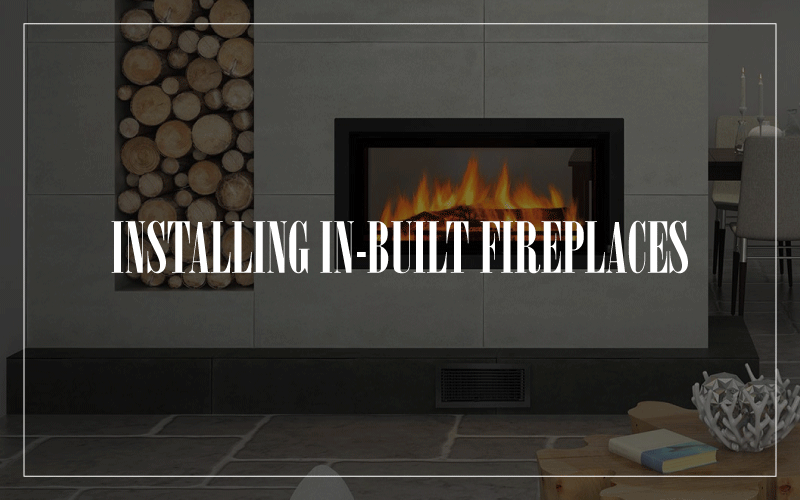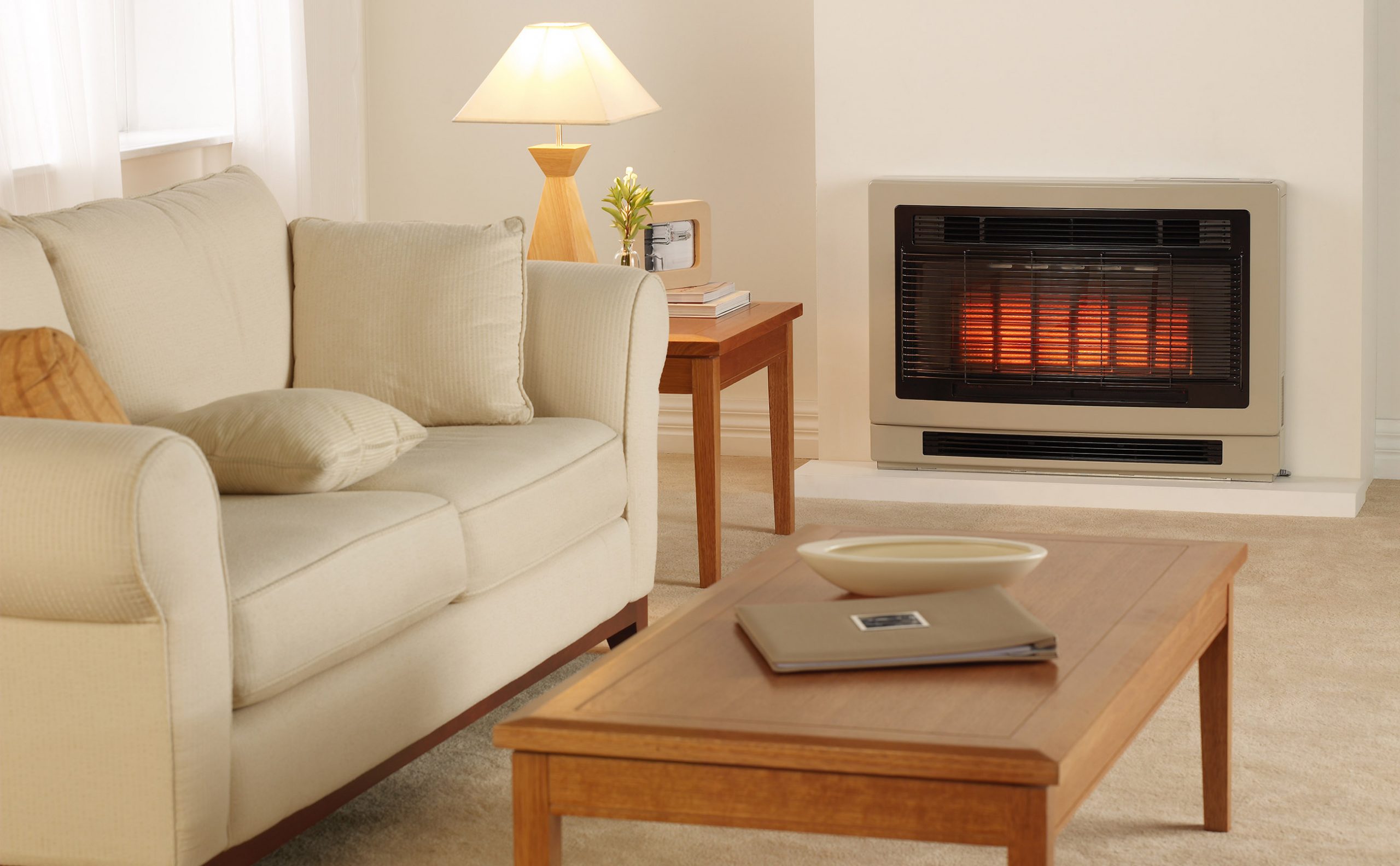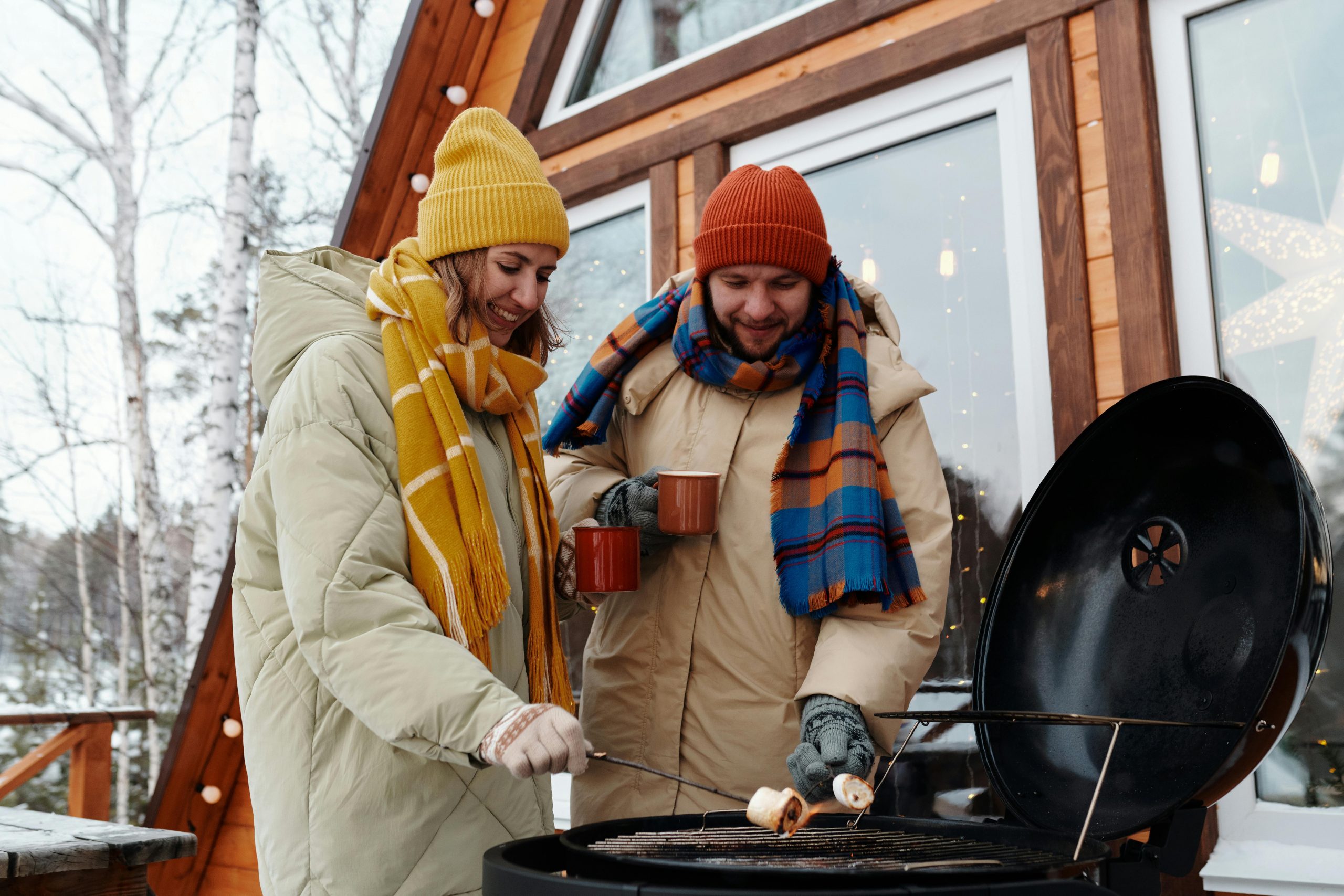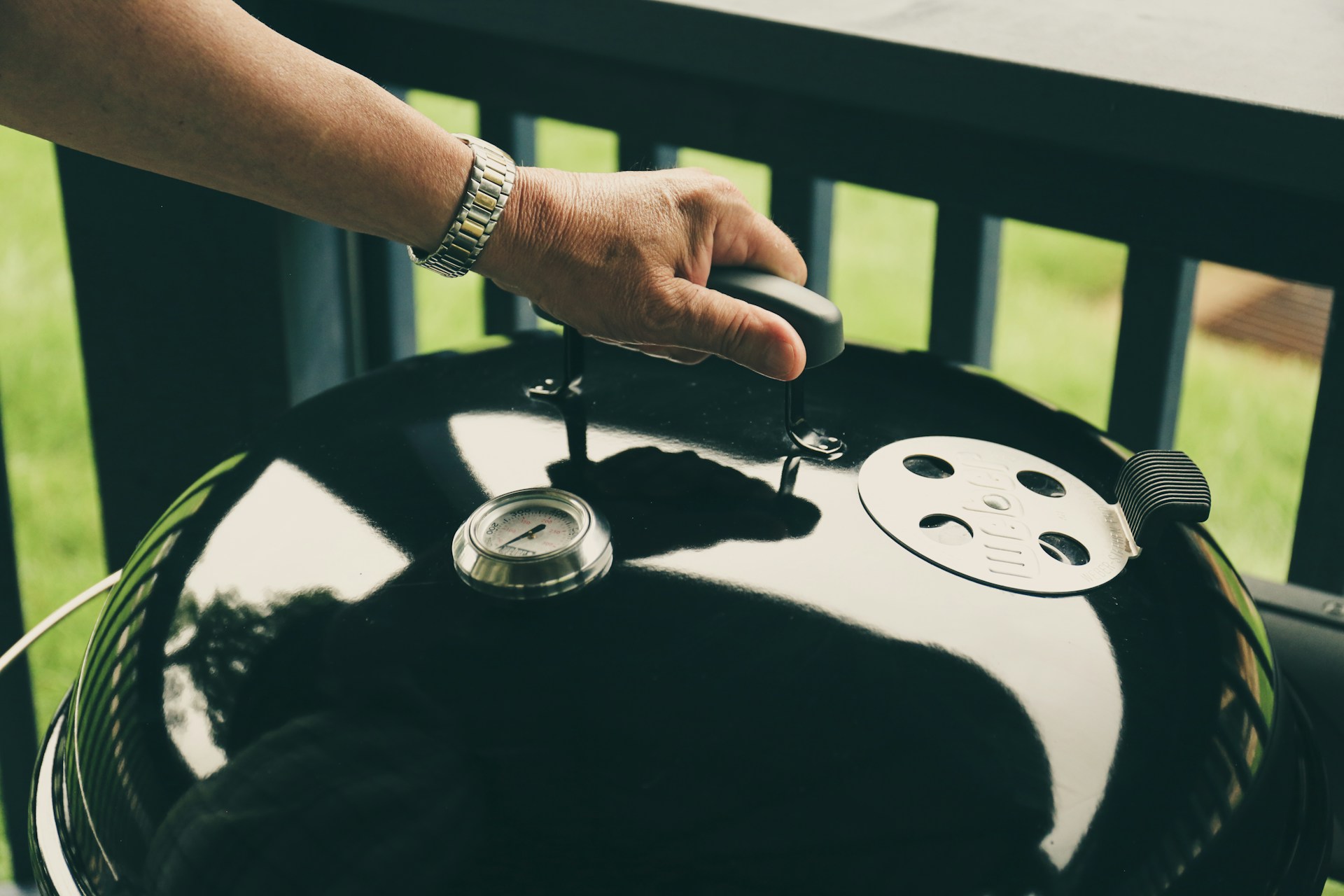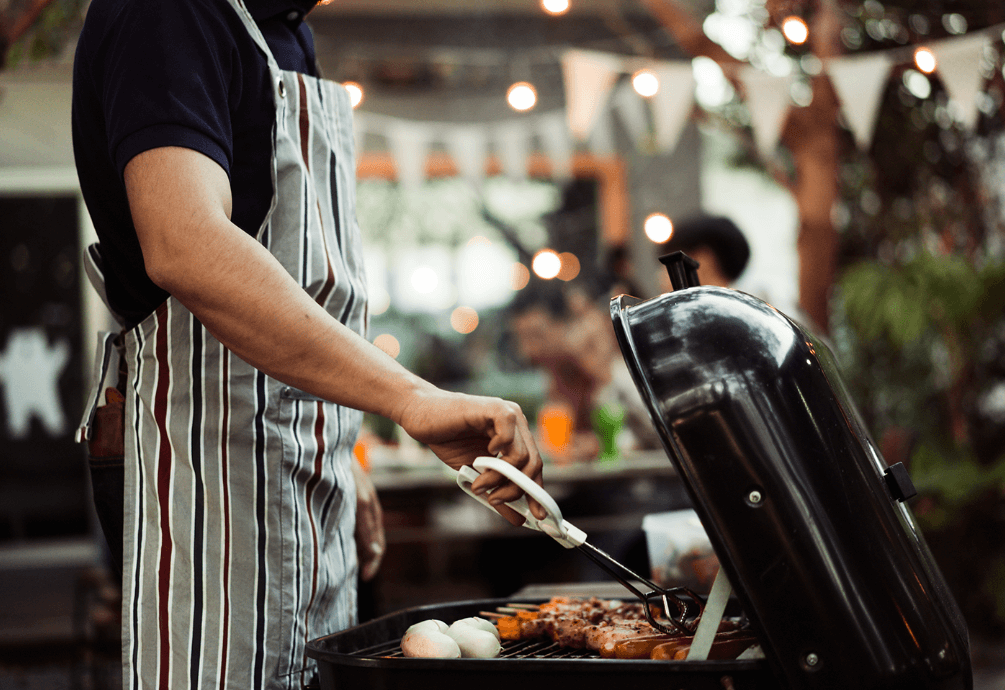The idea of installing a fireplace can be equal parts exciting and daunting. Unless you’re extremely into DIY, it’s unlikely you’ll want to set it up yourself. Still, you have to supervise the installation team, straddling the delicate boundaries between helping, hovering, and hounding. They might need to ask you where the gas lines are, or they might feel like you’re scared for your expensive electronics.
The installation process itself will depend on the type of fireplace you’ve bought. A Regency GF 900L will need to be ensconced into the wall, which means they’ll need to scoop out the plaster and place the furnace flush against the wall. On the other hand, a Lopi 4415ST will require a pillar or slim dividing wall to make the most of its double-sided feature. Wood furnaces have different processes from gas and electric units.
Wood burning furnaces
If you’re installing your wood heater in an old house, the hearth is probably pre-existing. Some wood-burning heaters have a gas pipe used to light the logs. The gas pipe produces a spark that lights the logs when you press the ignition button. Check the state of the hearth and sand down the stones to make them even and refresh their look. If your new in-built doesn’t need gas, remove the pipe and seal it off with a cap, to avoid accidental gas fires.
Older fireplaces might also have a damper, but if you intend to use a narrow flue instead of the entire chimney opening, you can remove the damper. The narrower pipe reduces unnecessary heat loss. You can also chip out any unwanted brick or stone. If you’re using a piped flue, drop it down the chimney from the top using a weighted device.
Use an adapter to attach the flue to the in-built unit. If your wood fireplace has electrical lighting or ignition, make sure your fireplace faces the side with electrical outlets. If not, lay an extension cable and plug everything in before your position the fireplace permanently. Fill the gaps between the in-built and the fireplace using your selected finish. Easy!
Gas burning fireplaces
The only tricky part of installing an in-built furnace is creating space for the insert. That has to be accurately measured so that the fireplace fits snugly. It also has to be carefully done to make sure the whole wall – or worse the whole house – doesn’t collapse in the process. This is a possibility if your chosen wall holds up the structure of the house.
If the ensconce is pre-existing – like a home renovation, you can probably install your own fireplace with minimal external help. However, you should call a gas plumber to connect your home gas line to your fireplace. Once that is done, you can simply nudge the furnace into place, positioning it snugly. Finish off by sealing the edges in your chosen style, whether it’s a seamless design or a framed fascia. Gas furnaces don’t need a chimney but don’t forget to ask your plumber to cut holes for the flue. This minimises gas leaks.
For your choice of in-built fireplaces and a variety of installation options, call Home Heat and BBQ today on 02 9838 1300.


